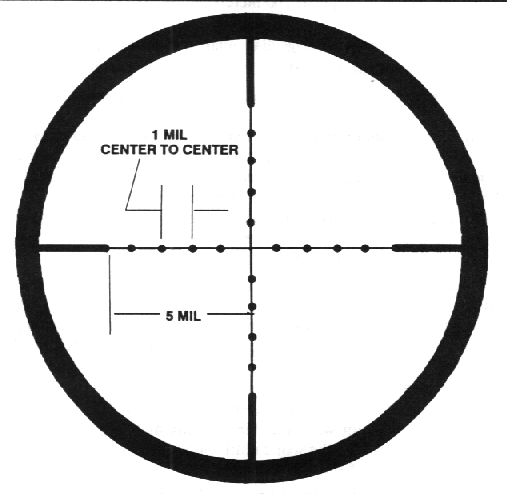Factors affecting range estimation

Nature of the target
An object of regular outline, such as a house, appears closer than one of irregular outline, such as a clump of trees.
A target that contrasts with its background appears to be closer than it actually is.
A partly
exposed target appears more distant than it actually is.
Light
conditions
The more
clearly a target can be seen, the closer it appears.
When the
sun is behind the observer, the target appears to be closer.
When the sun is behind the target, the target is more difficult to see and appears to be farther away.
Nature of terrain
As the
observer's eye follows the contour of the terrain, he tends to overestimate
distant targets.
Observing over smooth terrain, such as water, sand, or snow, causes the observer to underestimate distant targets. Looking downhill, the target appears farther away. Therefore looking uphill makes the target appear close
 |  |


